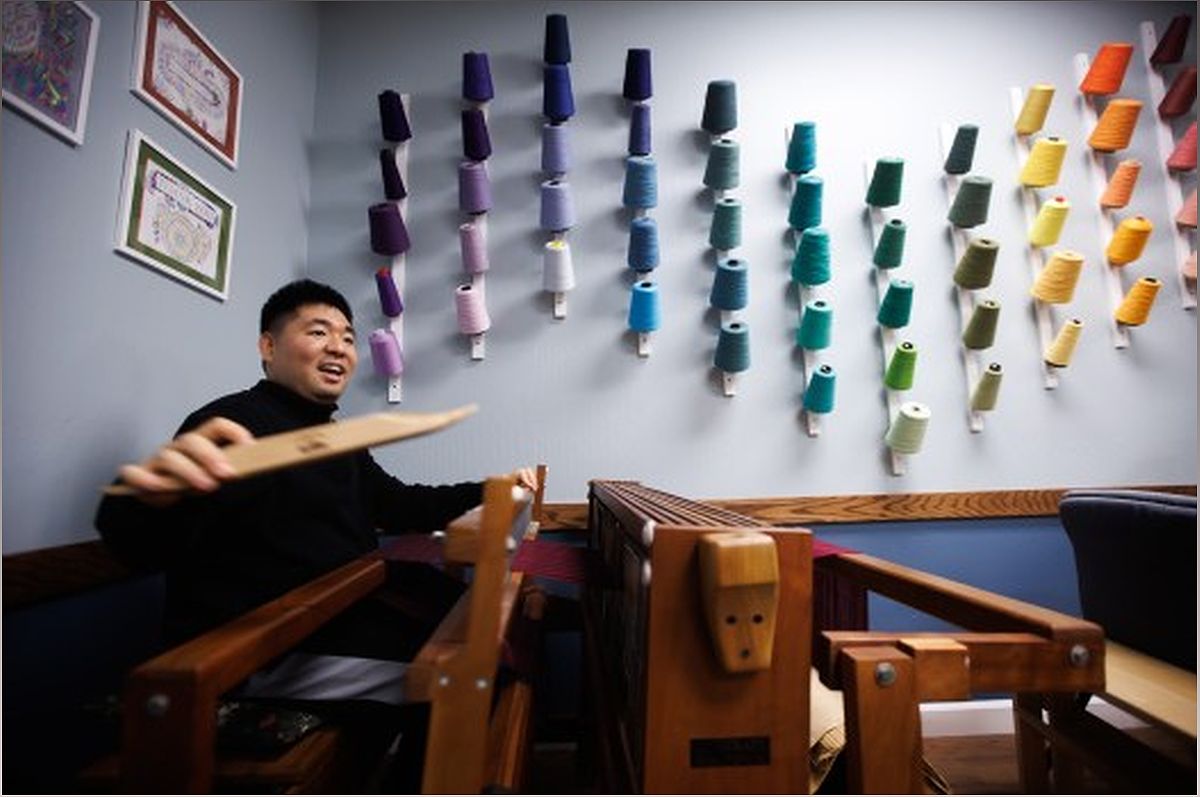Welcome to the world of HopeSTUDIO, where a group of intellectually and developmentally disabled textile artists come together to create beautiful fabric items. In this article, we will delve into the inspiring story behind these talented artists and their incredible journey of creativity and empowerment. Join me as we explore the heartwarming community of HopeSTUDIO and the amazing textile creations they bring to life.
The Birth of HopeSTUDIO
Learn how HopeSTUDIO came to be and the mission behind its creation.
HopeSTUDIO was born out of a desire to provide a creative outlet and a sense of empowerment for intellectually and developmentally disabled individuals. With the vision of fostering a supportive community, facilitator April-Marie Basuini restarted the weaving program at Hope Services, allowing the artists to express themselves through textile art.
The mission of HopeSTUDIO goes beyond just creating beautiful fabric items. It aims to build emotional growth, self-esteem, and a sense of belonging for the artists. When these talented individuals step into the studio, they shed their 'disabled' label and embrace their identity as artists, donning their 'artist' capes.
The Weaving Process
Discover the intricate weaving process and the artists' individual approaches to their craft.
At HopeSTUDIO, the textile artists have the freedom to choose their own projects, patterns, and yarn colors. Each artist works at their own pace, allowing for a diverse range of creations. Some artists, like Naoki Minaki and Suong Vuong, weave with remarkable speed, producing several yards of fabric in just an hour. Others, such as Mary Martinez, dedicate a few days a week to their looms, balancing their time with other activities.
Not only do these artists showcase incredible skill and enthusiasm, but the weaving process also contributes to their emotional growth and self-esteem. The studio becomes a space where they can chat, share stories, and support one another. It's a vibrant community where they can live life together, beyond the confines of their disabilities.
The Finishing Touches
Learn about the final steps in the creation of the textile items and the role of volunteers in the process.
Once the fabric, or warp, is woven, facilitator April-Marie Basuini and a group of dedicated volunteers step in to provide the finishing touches. They sew the fabric together, attaching zippers or drawstrings to create functional and stylish items. Basuini also takes on the time-consuming task of dressing the looms for the artists, ensuring they have everything they need to bring their artistic visions to life.
Thanks to the support of volunteers and the generous donations of yarn, looms, and equipment, the program continues to thrive. The textile creations, including scarves, tote bags, makeup bags, and wine bags, are made available for sale. The artists receive at least 50 percent of the proceeds, with the rest being reinvested into the program to support its growth and sustainability.
A Partnership with Joseph George Fine Wines
Discover how a local business owner became a champion for HopeSTUDIO's artists.
Bert George, the owner of Joseph George Fine Wines, was deeply moved by the creativity and inspiring story behind the textile artists at HopeSTUDIO. He decided to support their work by selling their wine bags at his store. Not only does he provide free shelf space for the bags, but he also shares the story of their creation with his customers.
Each wine bag comes with a tag bearing the name of the artist who created it, allowing customers to connect with the individual behind the creation. Additionally, a QR code label sewn inside the bag links to the HopeSTUDIO website, providing further information about the artists and their work.

